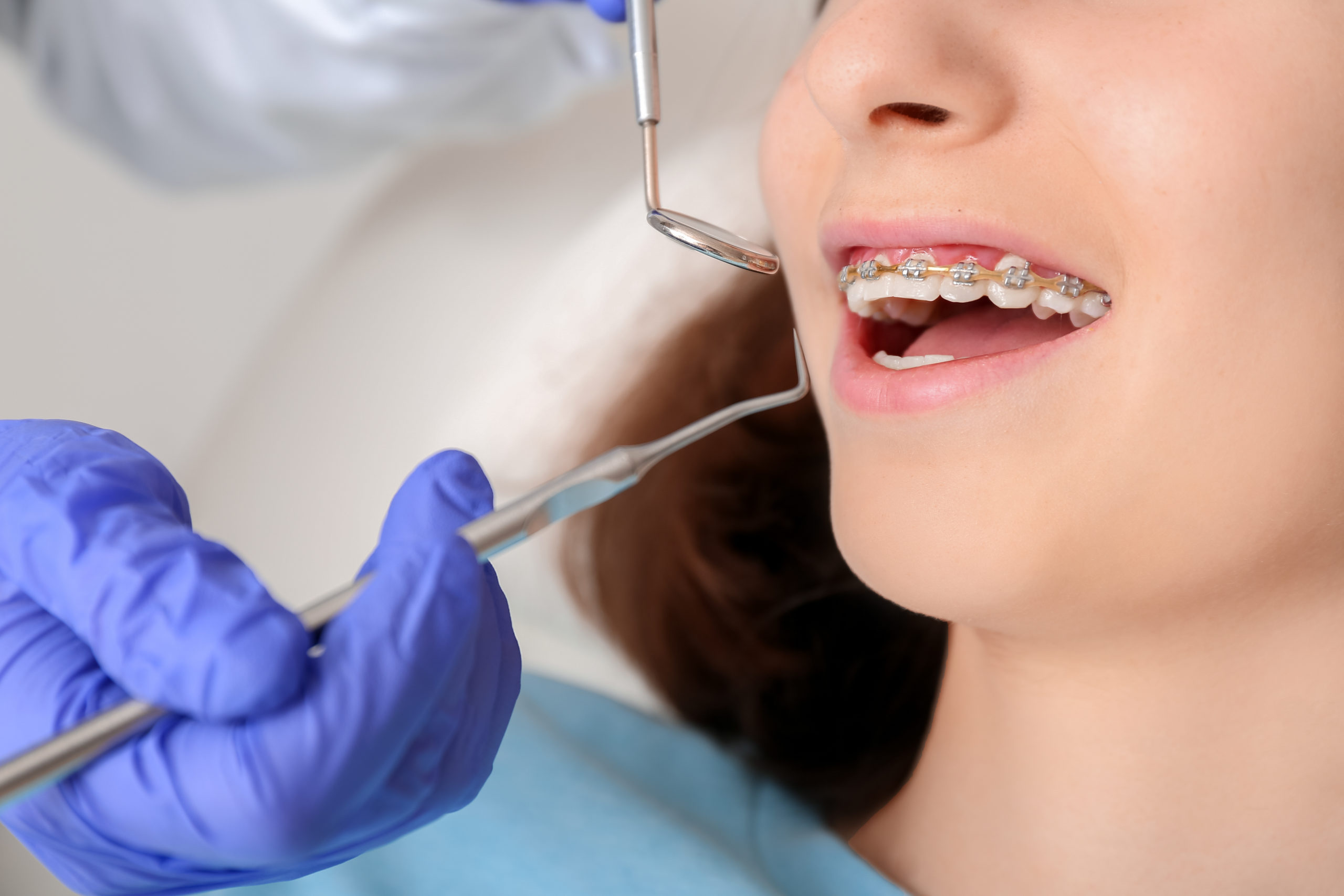Comprehensive Guide to Orthodontics Treatments for Dealing With Dental Imbalances
Comprehending the details of each procedure, including their devices, advantages, and prospective disadvantages, is essential in making notified choices regarding one's orthodontic treatment. As we navigate via the detailed overview to orthodontic procedures for correcting dental misalignments, the complex information of each approach will certainly unravel, dropping light on the course towards a unified and practical oral alignment.
Orthodontic Procedures Introduction

Along with clear aligners and typical dental braces, orthodontists might additionally advise various other interventions like headgear, palatal expanders, or retainers to attend to details positioning problems (cumming aligners). These treatments are tailored to every client's unique demands and may include a mix of therapies to accomplish the preferred results. Regular adjustments and monitoring are critical components of orthodontic treatment to ensure progress gets on track and to make any type of necessary adjustments along the road. By undertaking orthodontic treatments, individuals can not only accomplish a straighter grin but likewise improve their overall oral wellness and feature.
Typical Braces: Exactly How They Function
When taking into consideration orthodontic therapies for oral imbalances, conventional dental braces stick out as a reliable approach for remedying teeth placing. Traditional dental braces include braces, cords, and bands that interact to use continual pressure on the teeth, progressively moving them right into the preferred alignment. The braces are connected to the teeth using a special adhesive, and the cables are threaded through the brackets. By readjusting the tension of the wires, orthodontists can manage the instructions and force related to each tooth, directing them into proper placement in time.
As pressure is applied to the teeth with the braces, the bone bordering the teeth is improved to sustain the new tooth positions. Clients will require regular modifications at the orthodontist's office to make sure the dental braces proceed to apply the proper stress for efficient teeth motion.
Unseen Aligners: Benefits And Drawbacks
Invisible aligners use a hassle-free and discreet alternative to standard dental braces for remedying oral imbalances. These clear, tailor-made trays are essentially unseen when used, making them an enticing choice for individuals seeking an extra cosmetically pleasing orthodontic treatment. One of the key advantages of undetectable aligners is their removability, allowing for much easier maintenance of dental hygiene contrasted to typical dental braces. Individuals can eliminate the aligners before consuming or brushing their teeth, minimizing the danger of food obtaining embeded the device and streamlining the cleaning process.

Surgical Orthodontic Options
Surgical treatments in orthodontics existing viable choices for resolving complicated oral misalignments that might not be effectively resolved with standard orthodontic treatments. While unnoticeable aligners and conventional dental braces can deal with numerous orthodontic problems, particular situations need medical intervention to achieve optimum results. Surgical orthodontic options are generally recommended for extreme malocclusions, substantial jaw disparities, and situations where the underlying bone framework requires adjustment dentist occupation to accomplish correct positioning.
One typical surgical orthodontic procedure is orthognathic surgery, which entails repositioning the jaws to remedy practical issues such as trouble speaking or chewing. This surgery is often done in cooperation with an orthodontist who helps straighten the teeth before and after the procedure. Surgical orthodontics might also include procedures to reveal impacted teeth, eliminate excess gum cells, or improve the jawbone to develop an extra harmonious face account.
Before thinking about surgical orthodontic options, patients go through a detailed evaluation to identify the requirement and possible advantages of such treatments. orthodontics. While surgical procedure might seem overwhelming, it can significantly improve both the feature and aesthetic appeals of the smile in situations where standard orthodontic treatments drop short
Retainers and Post-Treatment Treatment

Failure to conform with post-treatment treatment instructions can result in relapse, where the teeth progressively relocate back towards their initial positions. Constant retainer wear, great dental health, and normal oral examinations are essential for preserving the results achieved through orthodontic surgery and ensuring the long-lasting stability of the remedied dental alignment.
Final Thought
In final thought, orthodontic procedures provide various choices for correcting dental misalignments. Surgical orthodontic options are offered for more serious misalignments. Generally, orthodontic treatments can properly enhance dental wellness click here now and visual appearance.
As we navigate via the thorough overview to orthodontic treatments for dealing with oral misalignments, the detailed information of each method will certainly unfold, shedding light on the course toward a practical and harmonious dental placement. - cumming braces
One of the most usual orthodontic treatments is the use of dental braces, which consist of metal brackets and wires that apply gentle pressure to slowly shift teeth right into the wanted position.When considering orthodontic treatments for oral misalignments, check over here traditional dental braces stand out as a time-tested technique for dealing with teeth positioning. Furthermore, unnoticeable aligners may not be ideal for complicated orthodontic issues that need more substantial teeth motion, as they are commonly suggested for mild to moderate situations. Retainers are custom-made orthodontic tools made to hold teeth in their fixed positions after the completion of orthodontic therapy.